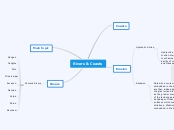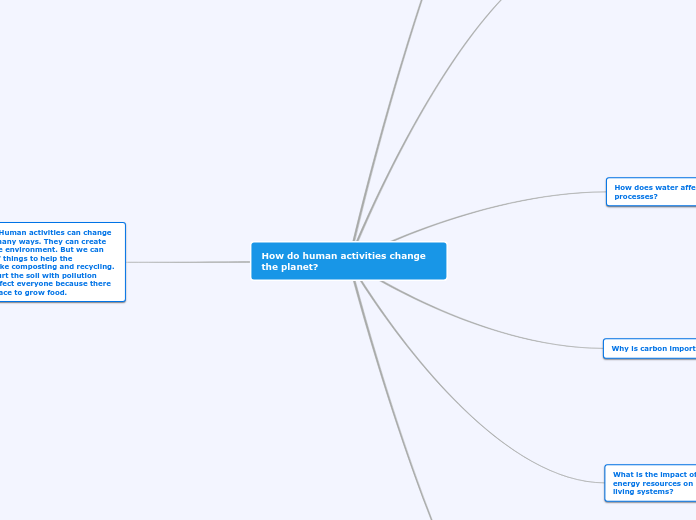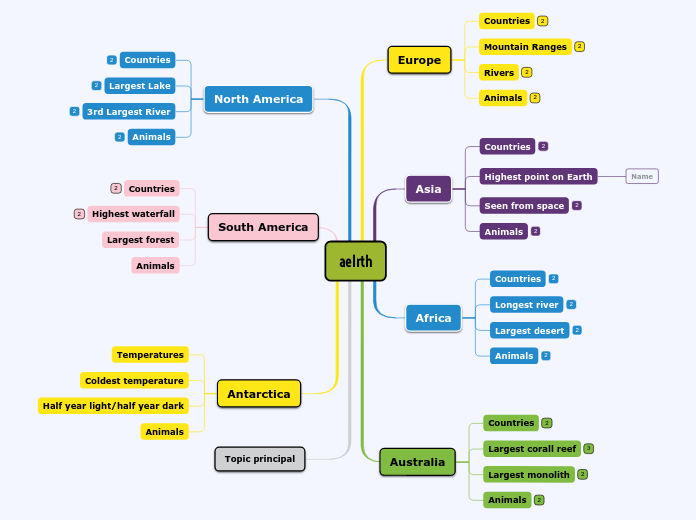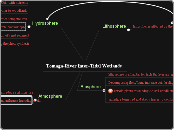af Joe Hall 8 år siden
190
Rivers & Coasts
The processes of erosion, particularly abrasion and hydraulic action, significantly shape the landscapes of rivers and coasts. Abrasion involves rocks and stones embedded in glaciers scraping against bedrock and rock faces, resulting in smooth, polished surfaces often marked with striations.









